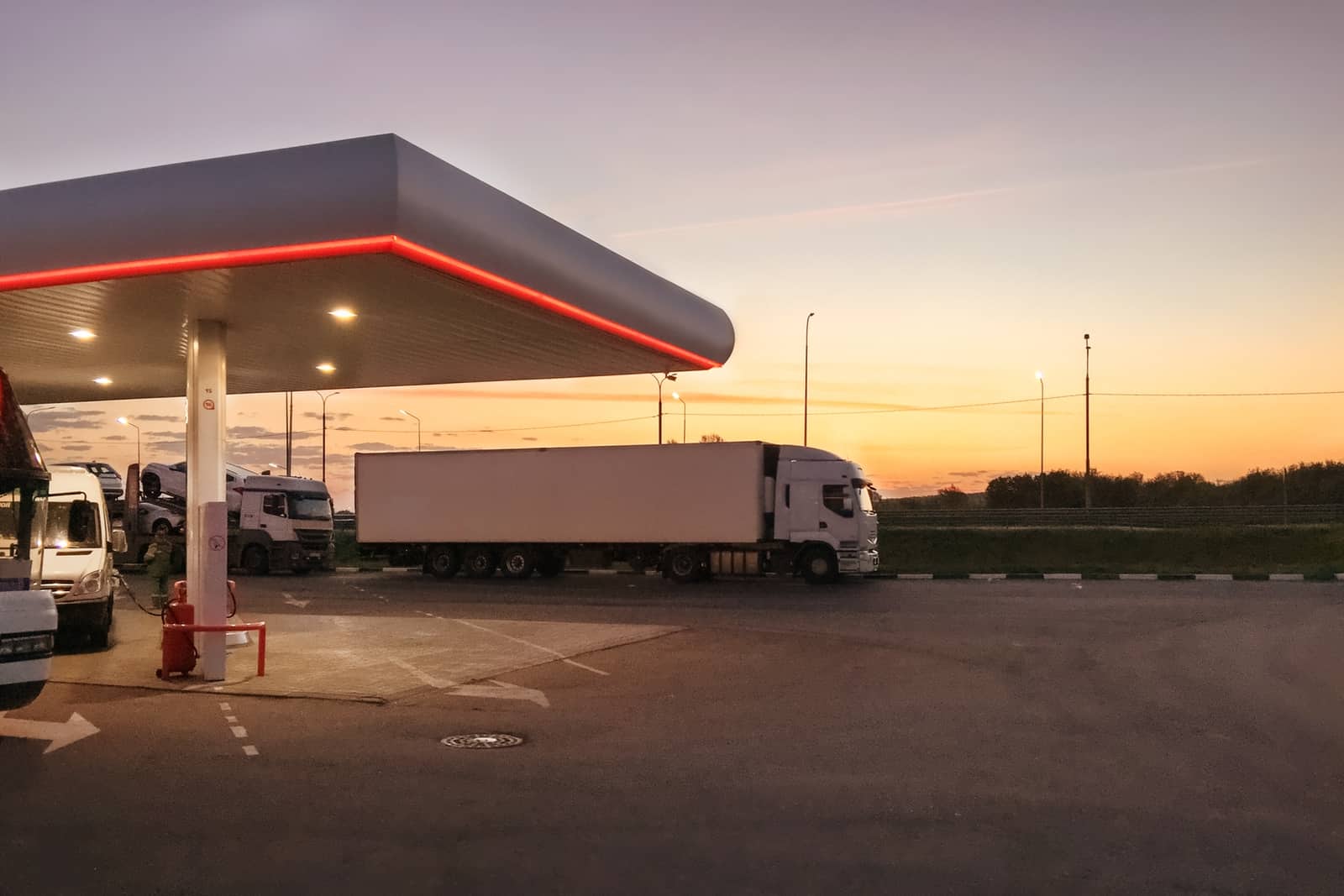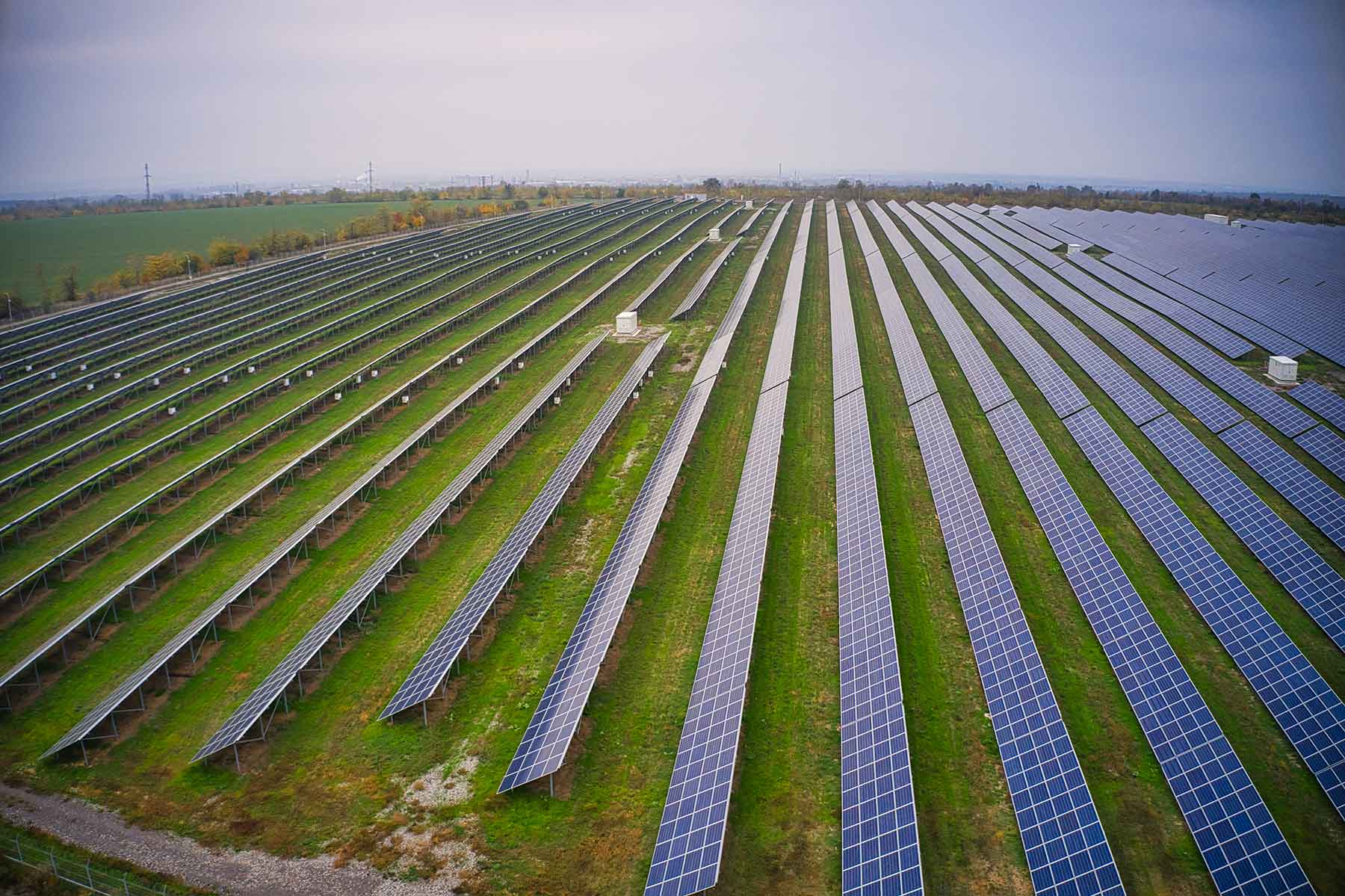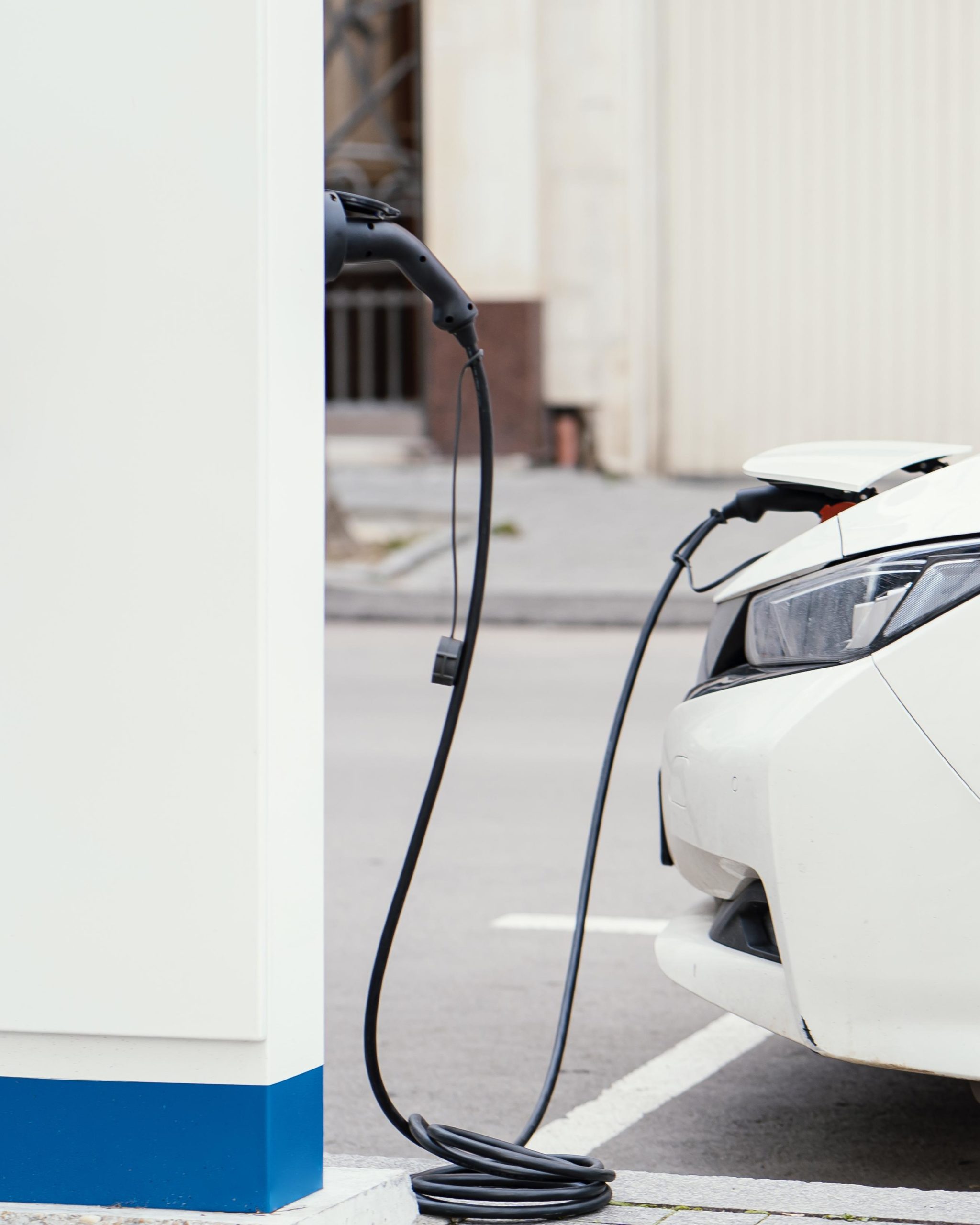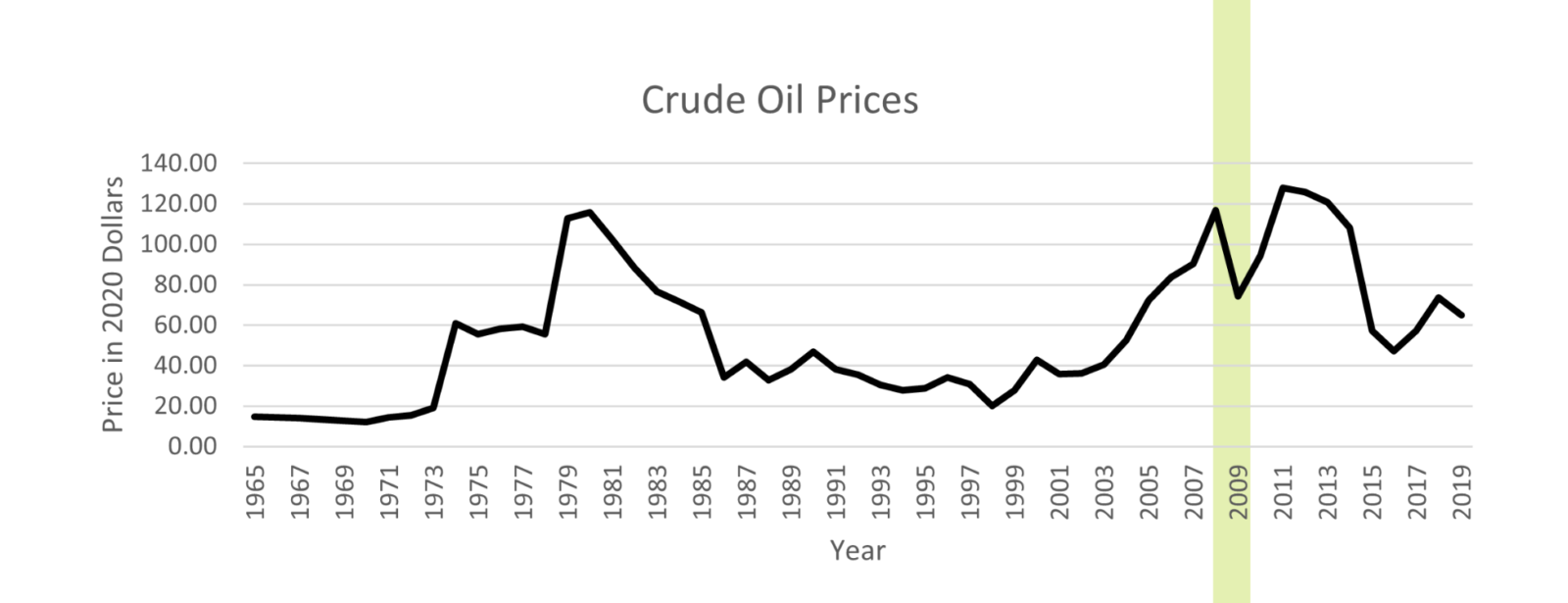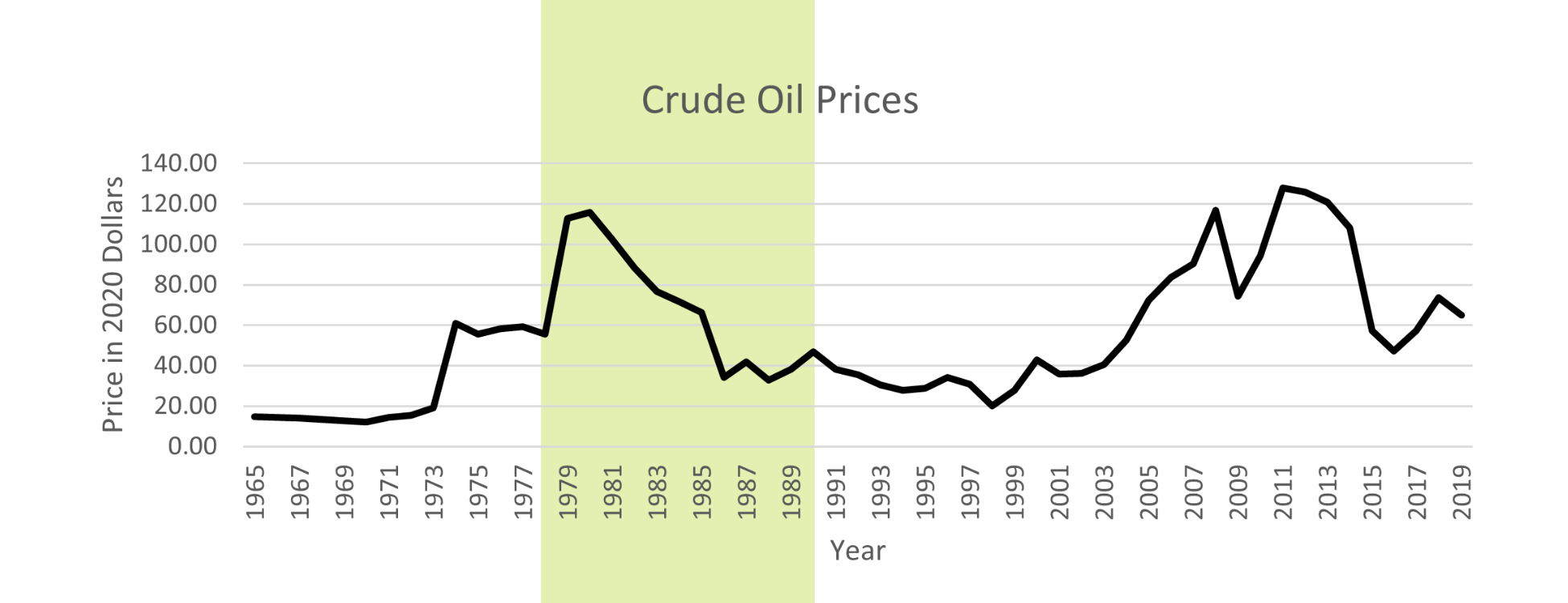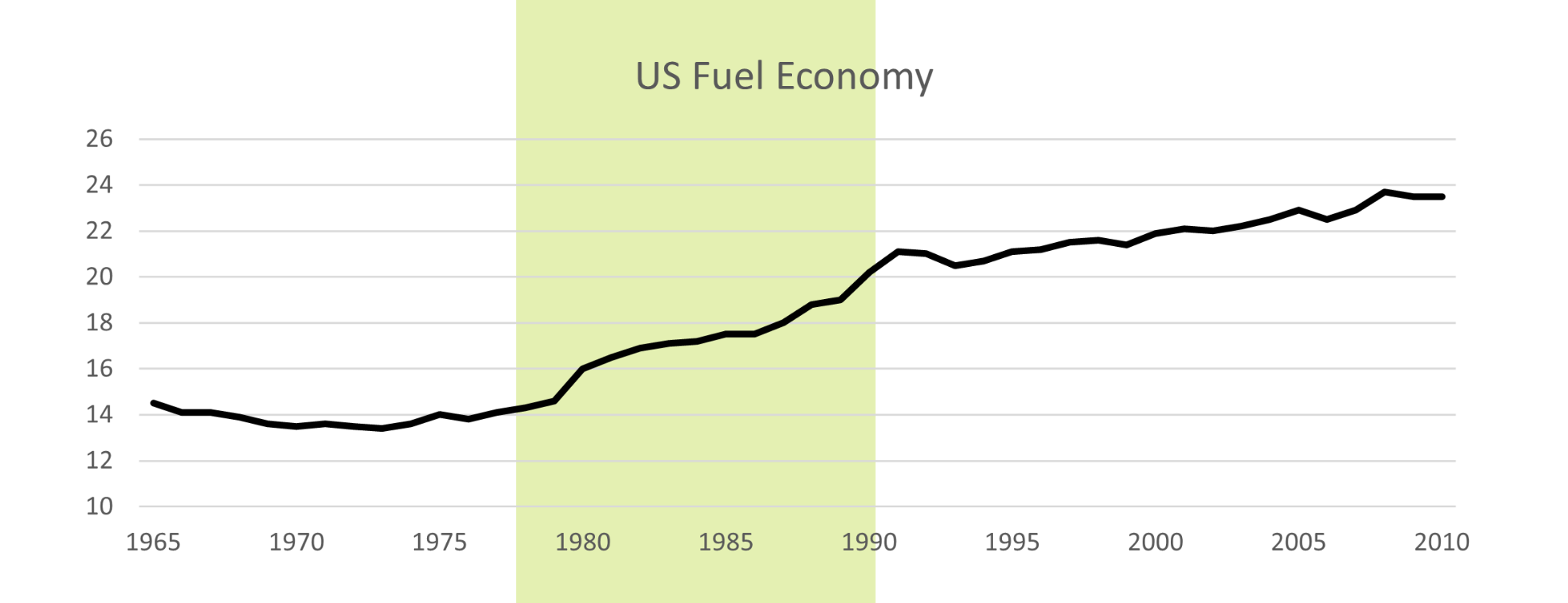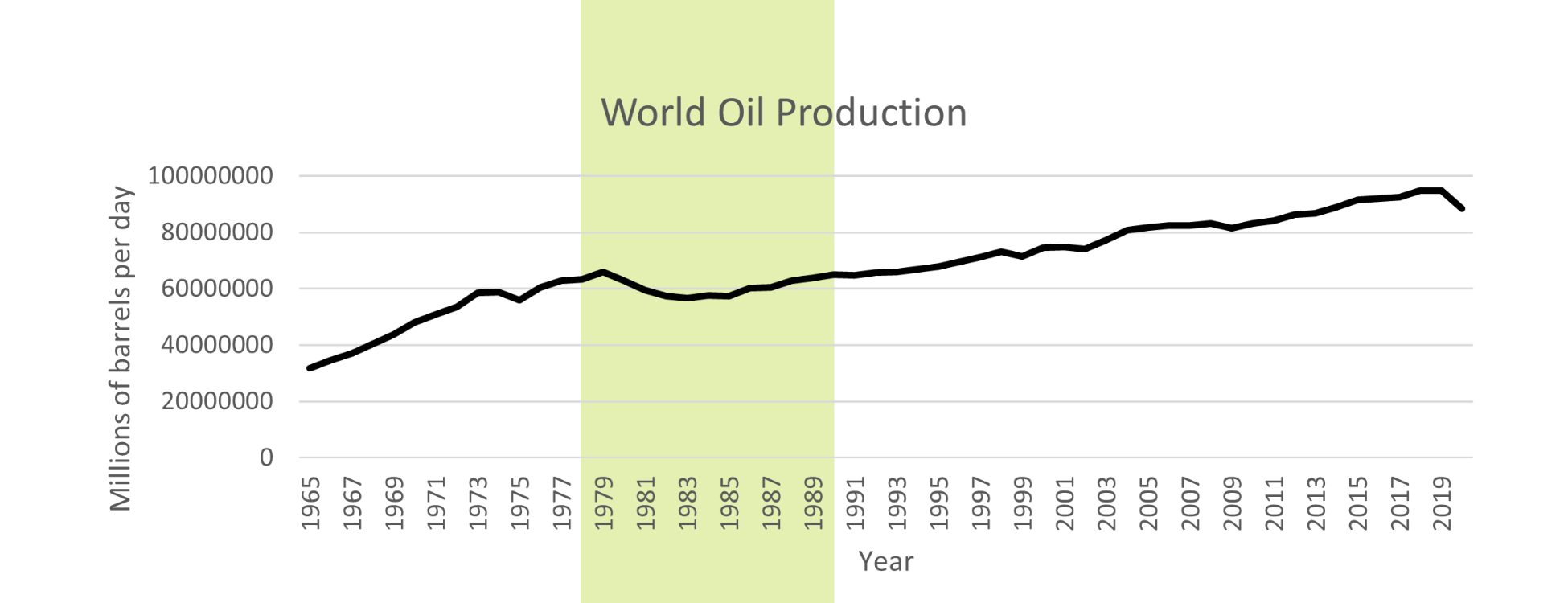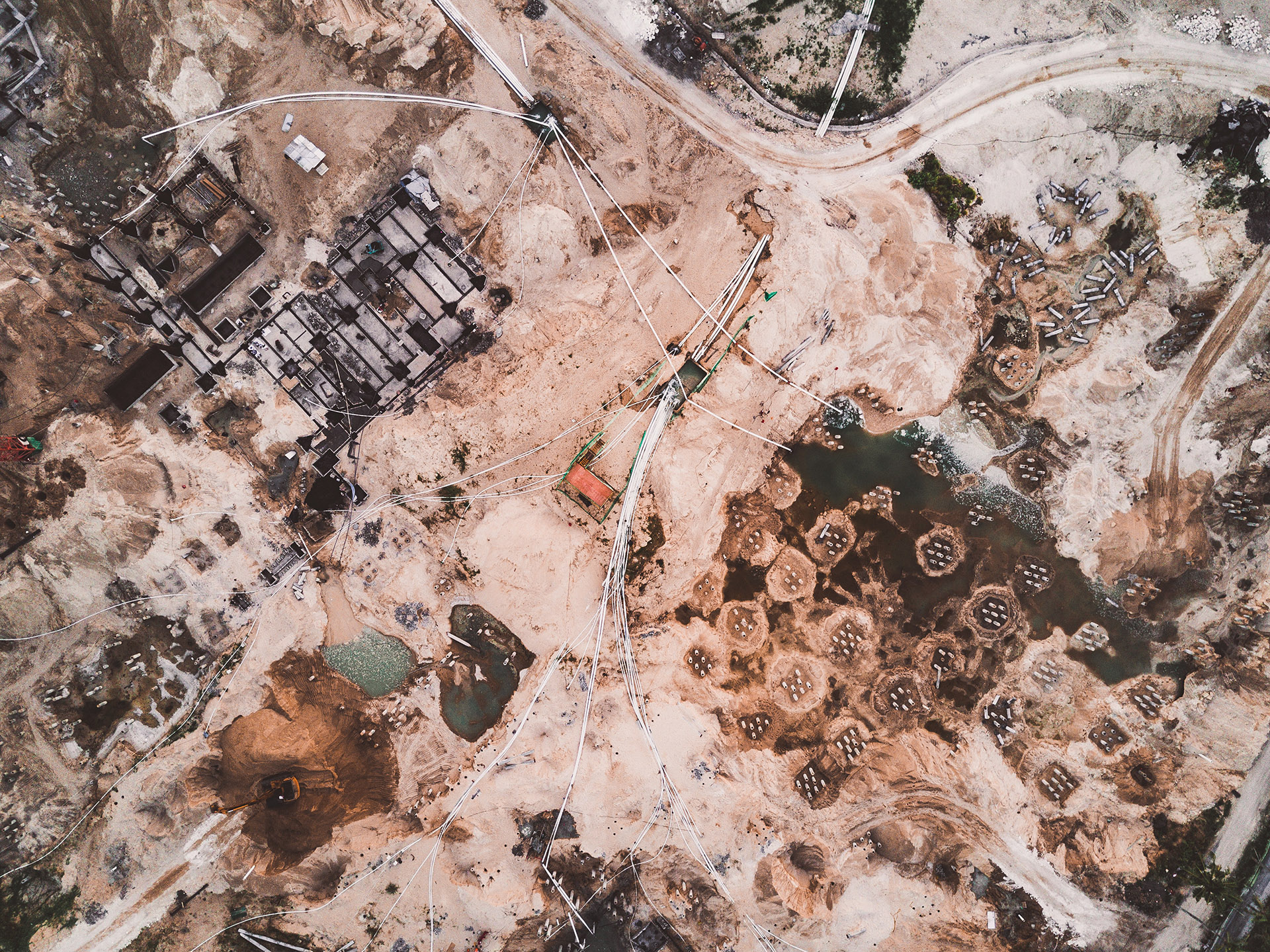Rapid Substitution is a strategy to dramatically reduce the cost of oil through accelerated reduction of oil consumption. Based on analysis of historic oil market dynamics, this can be accomplished with a relatively small reduction in oil consumption. Accomplishing this will require private sector investment, smart government policy, and public initiative.
Based on the inelastic nature of oil production and our analysis of historic oil markets and oil supply curves, we estimate that a rapid drop in oil consumption of a few percent can reduce oil prices by over one half, generating hundreds of billions of dollars in savings for consumers.
Rapid Substitution isn’t just good for consumers—by lowering oil prices, Rapid Substitution also discourages future oil production, keeping billions of barrels of oil in the ground. Rapid Substitution also provides the government with an opportunity to generate hundreds of billions of dollars in revenue which can be invested in green energy technologies, thus accelerating the transition to renewable energy.


